
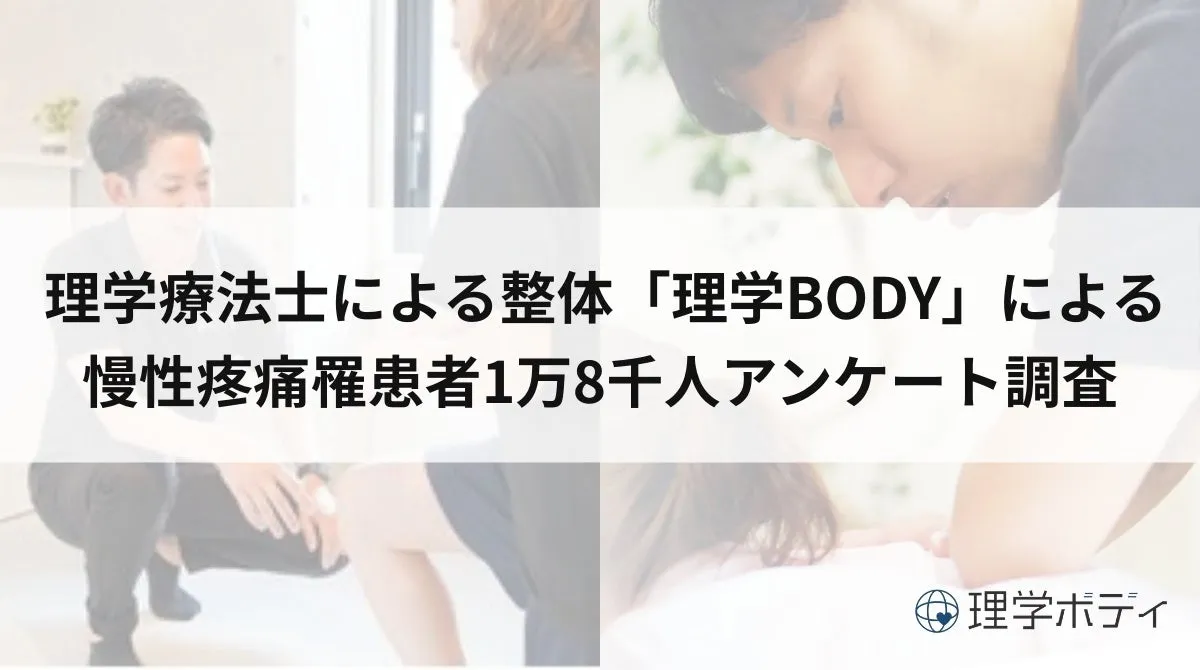
Identifying the Need for Better Treatment Systems for Chronic Pain Sufferers
Understanding Chronic Pain
Chronic pain affects millions of individuals worldwide, yet many do not receive adequate treatment. Recently, Rigakubody, a physiotherapy company based in Tokyo, conducted a survey involving over 18,000 chronic pain patients to explore their challenges and the necessity for improved treatment structures.
The Ongoing Struggle with Pain
Chronic pain is defined by the Ministry of Health, Labour and Welfare as pain that persists beyond an expected time for healing. The International Association for the Study of Pain (IASP) defines it as pain lasting more than three months. This pain significantly disrupts daily activities, work productivity, and social participation, increasing risks related to unemployment and poverty.
Key Findings from the Survey
The survey revealed alarming trends among chronic pain sufferers:
- - Over 50% have endured pain for more than a year.
- - The most commonly reported pain locations are the shoulders, neck, and lower back.
- - Approximately 70% have sought medical assistance for their conditions.
- - Among those who visited medical facilities, nearly half had never undertaken rehabilitation therapy.
- - Close to 80% expressed a strong desire for improvements in their daily lives.
Demographics and Methodology
Conducted from March 1, 2022, to January 31, 2025, the survey targeted individuals who agreed to participate during their first visit to any of the 91 Rigakubody locations across Japan. The response rate was significant, with 18,584 valid responses collected, providing a comprehensive view of chronic pain experiences across age and gender.
A Closer Look at the Data
Among the respondents suffering from chronic pain:
- - Pain Duration: 56% reported suffering for over three months, with approximately 50% saying their pain has lasted more than a year and about 23% indicating it has persisted for five years or more.
- - Common Pain Areas: The shoulders (1st), neck (2nd), and lower back (3rd) were identified as the primary areas of chronic pain.
- - Medical Assistance: While 74% had visited medical practitioners, only 48% of those had engaged in rehabilitation sessions, highlighting a gap in treatment options.
Priorities for Pain Improvement
The survey inquired about the hopes and goals of the pain sufferers:
- - Quality of Life: A staggering 76% of respondents indicated a strong desire to improve their daily functioning. Additionally, 39% wanted to enhance their work capabilities, and 37% expressed a wish to engage more actively in hobbies and sports.
- - Impact on Daily Life: Many expressed that their pain hindered activities as simple as driving, visiting a hair salon, or standing for work, emphasizing the breadth of chronic pain's impact on quality of life.
Expert Insights and Recommendations
Ryohta Imai, a lecturer at Osaka Kawasaki Rehabilitation University, emphasized the survey's findings, indicating that a significant number of individuals are grappling with chronic pain, particularly in the shoulders, neck, and lower back. The data suggests a growing trend of chronic pain extending beyond temporary discomfort to a more profound health issue.
Further, with nearly half of the surveyed individuals having not participated in rehabilitation, this highlights a critical challenge in the healthcare system. The ramifications of chronic pain extend beyond the individual, affecting overall productivity in work settings and leading to increased social costs. Notably, chronic pain in Japan results in an annual economic loss estimated at ¥1.9 trillion, largely due to reduced labor productivity.
Rigakubody's Commitment
In light of these findings, Rigakubody is taking steps to address these concerns. The company adopts a treatment philosophy that integrates the latest medical insights and emphasizes collaborative research with experts to refine techniques that foster pain prevention and recurrence reduction. By linking patients with healthcare professionals through tailored programs, Rigakubody aspires to effect sustainable change in the lives of those afflicted by chronic pain.
As the organization vows to enhance its collaboration with medical facilities and engage in further research and educational initiatives, they aim to uplift quality of life for as many individuals as possible. Rigakubody is committed to creating a future without pain, reflecting on the pressing need for grounded treatment structures and systemic changes in managing chronic pain effectively.
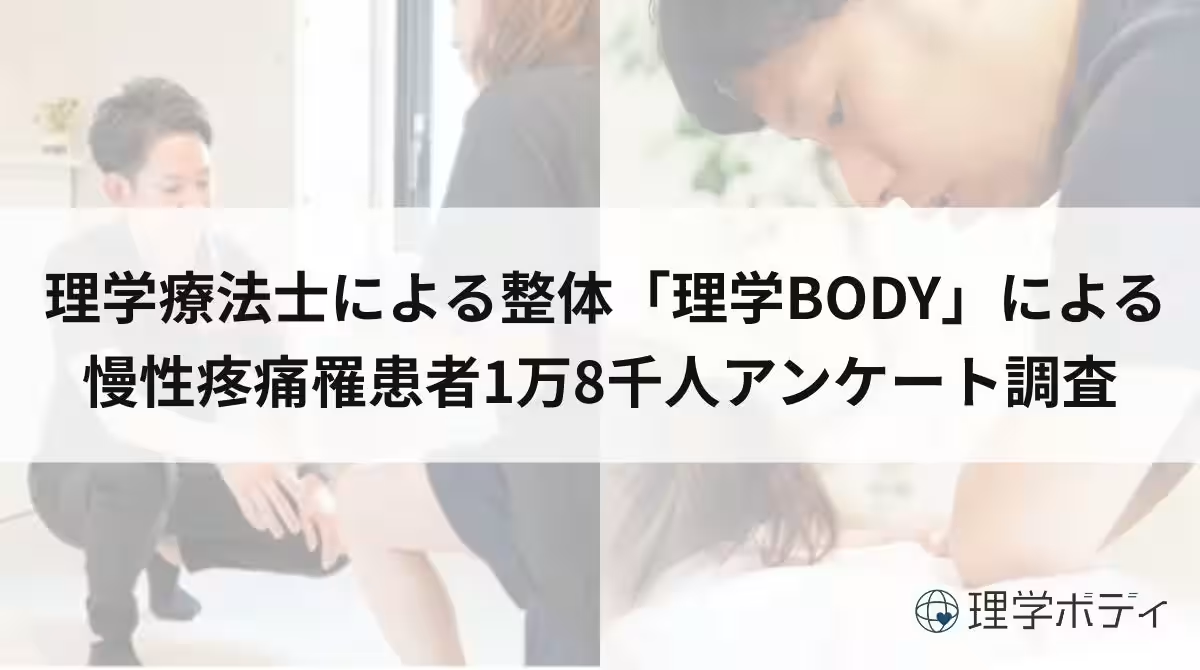
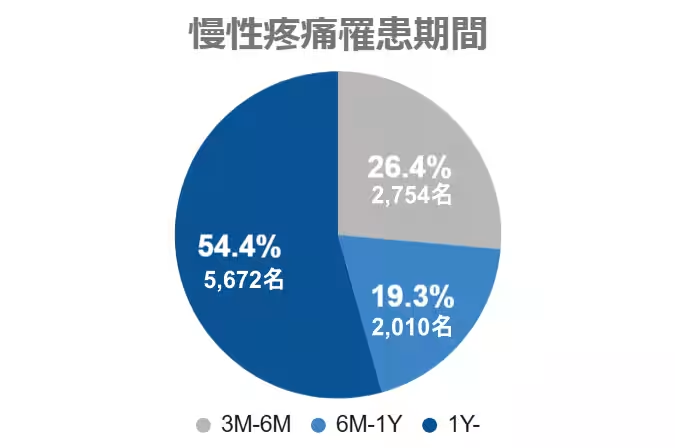
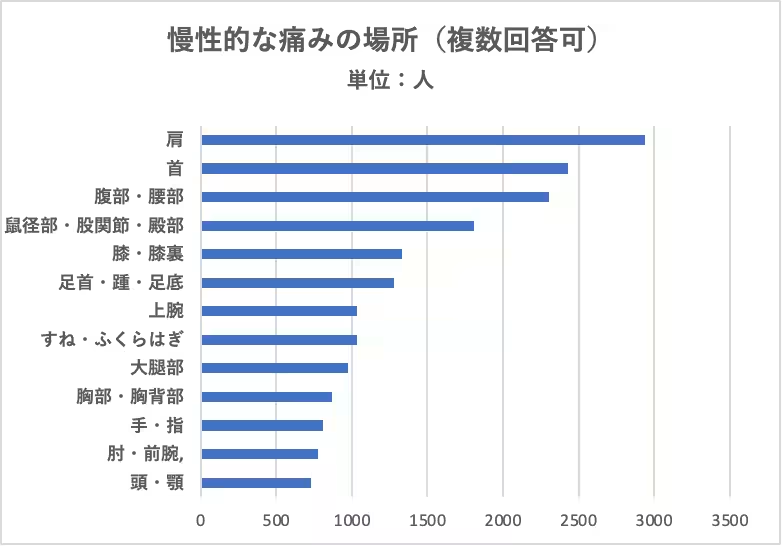
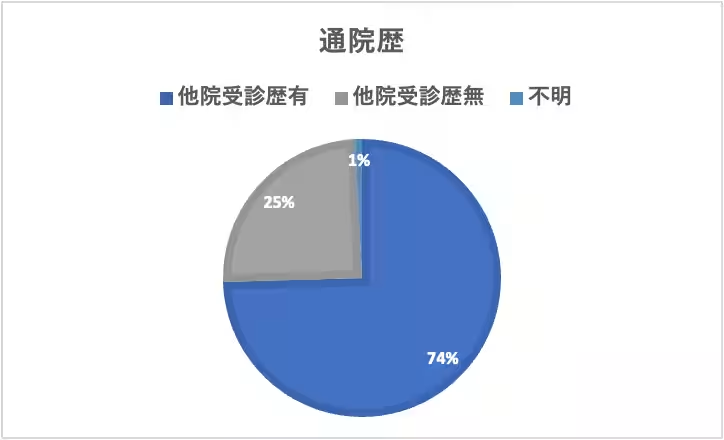
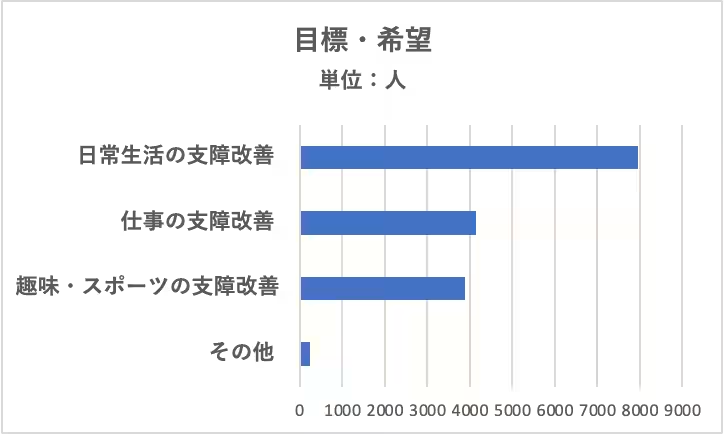
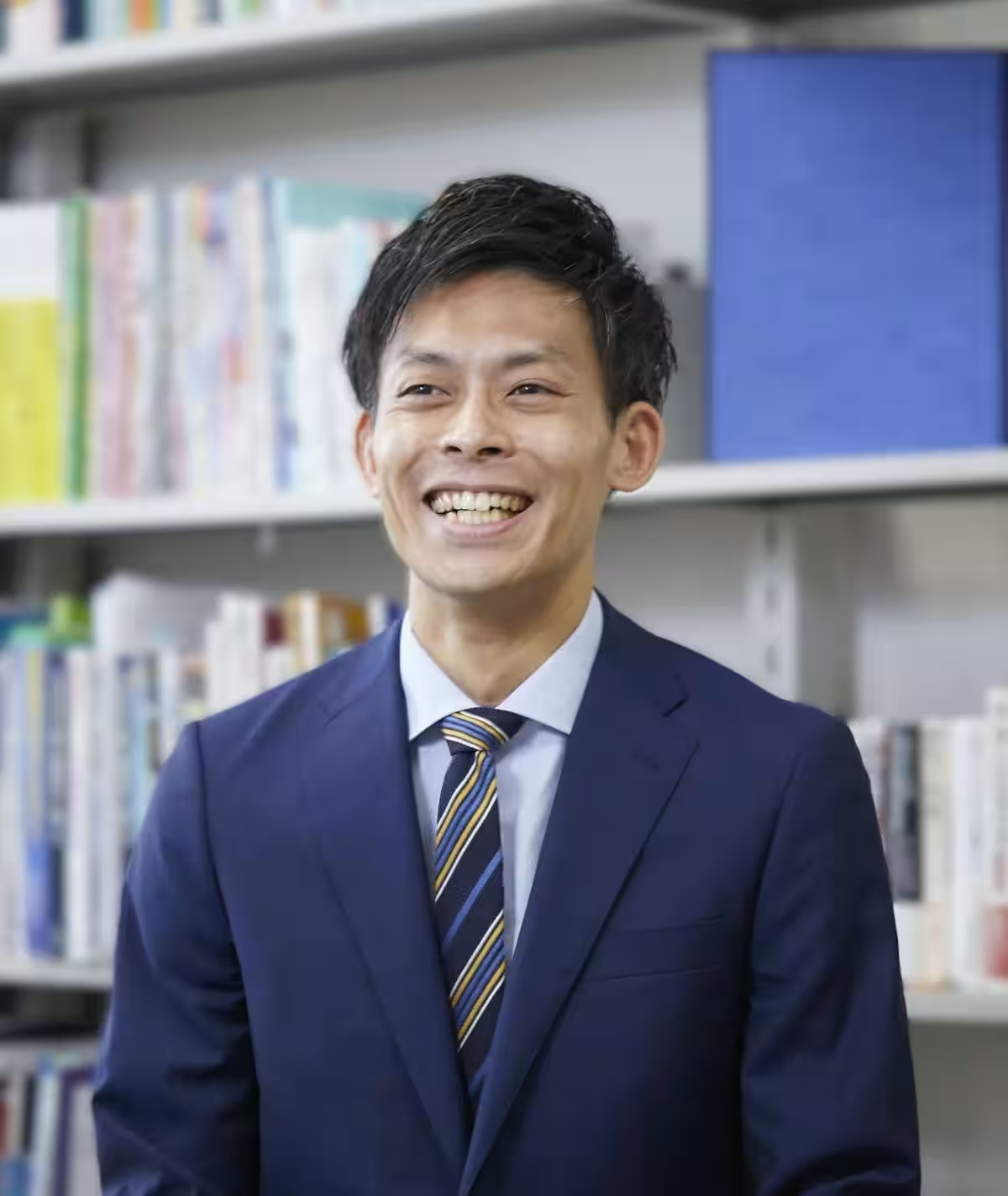
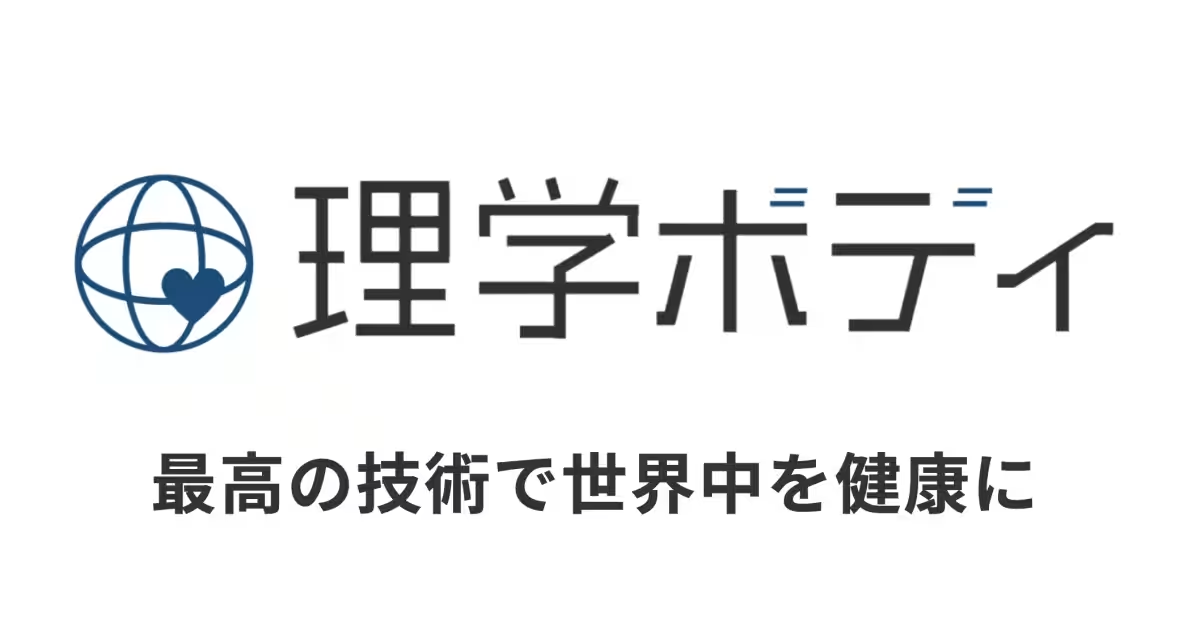
Topics Health)










【About Using Articles】
You can freely use the title and article content by linking to the page where the article is posted.
※ Images cannot be used.
【About Links】
Links are free to use.